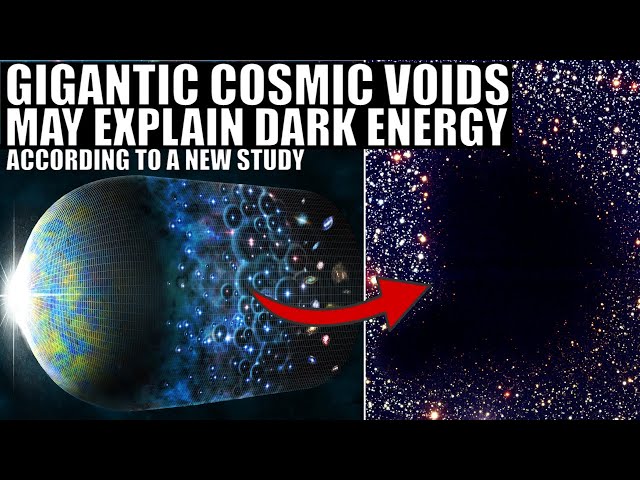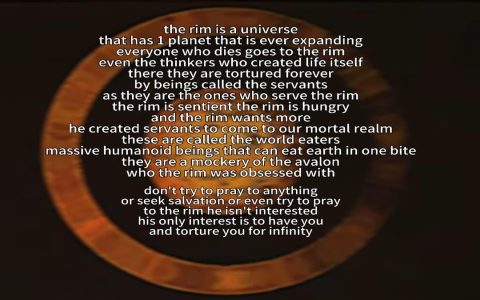What Is Darker Than Cosmic Voids?
In astronomy, cosmic voids are vast regions of space with extremely low matter density, making them appear profoundly dark. Yet, scientists have identified phenomena that surpass this darkness: black holes and certain exotic materials.
Key Explanations
- Cosmic Voids Defined: These voids, spanning millions of light-years, have negligible light emission due to sparse galaxies, reflecting albedo values near zero.
- Black Holes as Ultimate Dark Objects: Their event horizons prevent any light escape, creating darkness beyond measurement—akin to a void but intensified by gravitational collapse.
- Vantablack and Man-Made Darkness: Materials like Vantablack absorb up to 99.965% of visible light, yet fall short of black holes' absolute absorption where light cannot be emitted or reflected.
Scientific Breakthroughs
Research using gravitational lensing and electromagnetic spectrum analysis reveals how these dark entities form and dominate cosmic structures. For instance, studies of M87's black hole via the Event Horizon Telescope confirm event horizon properties, "cracking" dark phenomena by modeling their effects on spacetime.
Understanding such darkness aids in mapping dark matter distribution, linking it to broader cosmic evolution without directly observable light—underscoring physics advancements in decoding the universe's hidden code.







